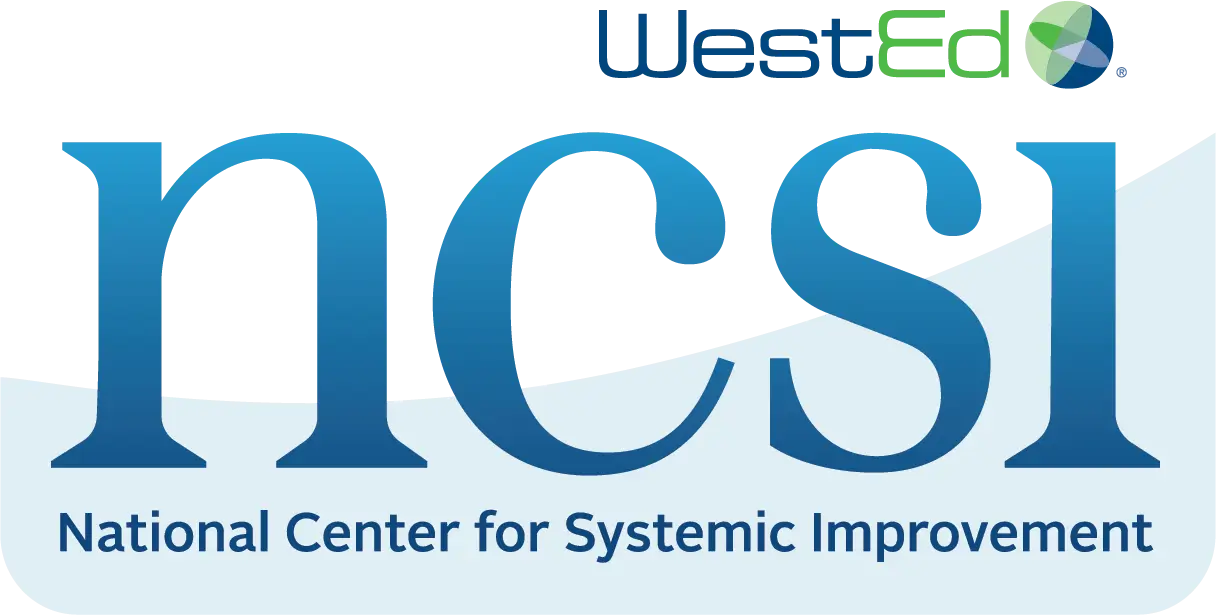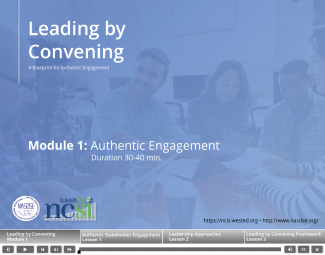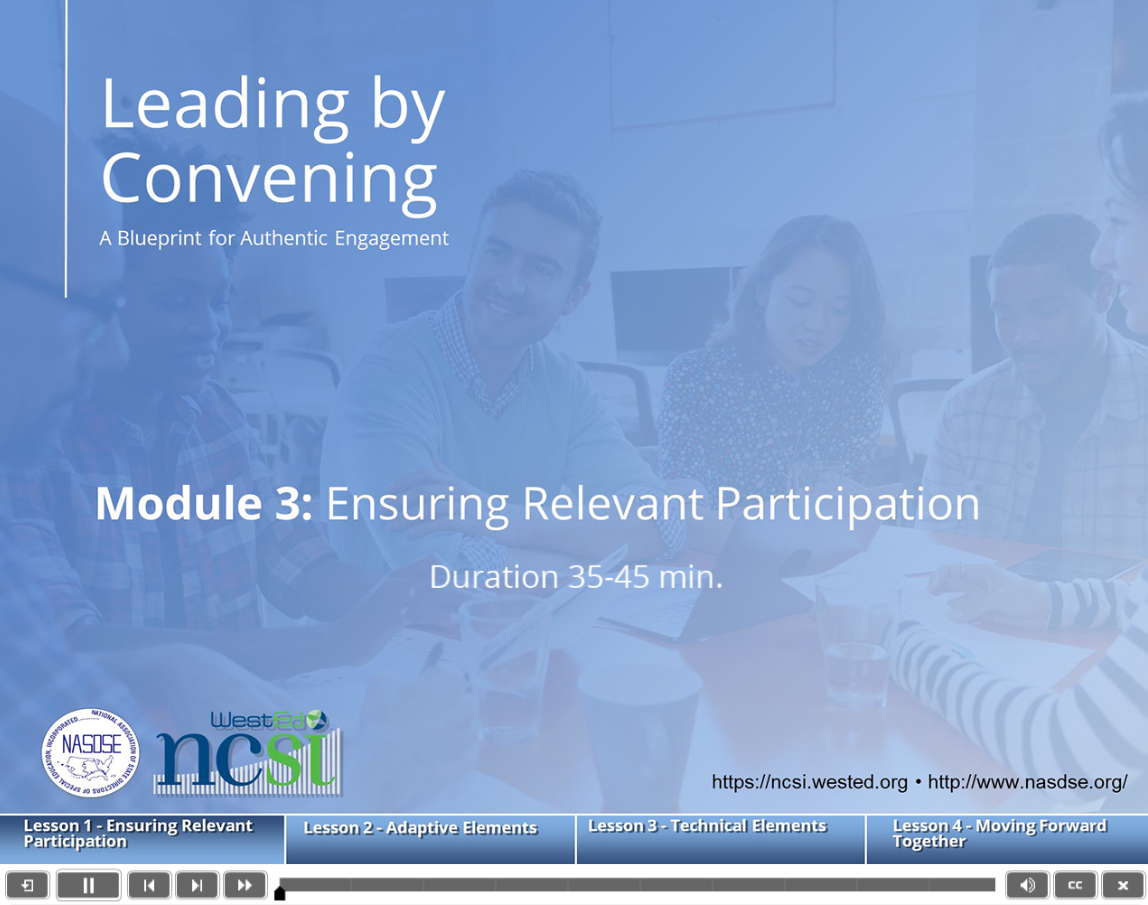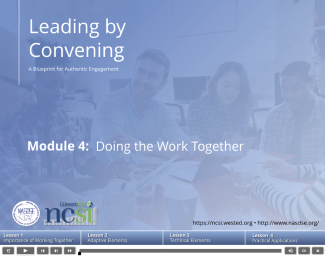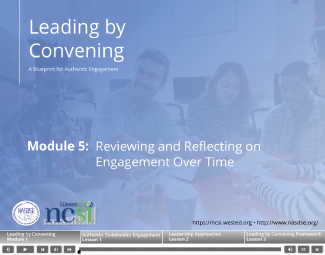Related Resources
- Partnership – A Hybrid of Top Down and Bottom Up
Leading by Convening requires that leaders – regardless of title – accept the value of bringing groups with authority and groups with influence together in a shared leadership strategy. This style supports authentic engagement. The resource document describes key elements of three leadership styles: top-down, bottom-up, and a hybrid model based on convening that respects both authority and influence.
